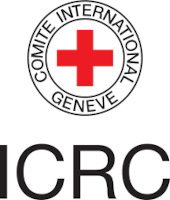Publication - Decentralised Renewable Energy for Agriculture in Nepal
►Add a New Publication
►See All Latest Publications
The findings of the study indicate that the greatest opportunities for DRE solutions are to power non-mobile equipment such water pumps for irrigation, and processing equipment such as shellers, mills, dryers and aerators. There is also significant potential for the application of DRE to power cold storage chains, which could further enhance farmer income by reducing food spoilage.
It also finds that many existing renewable energy mini-grids within the country are underutilised and could be reconfigured to supply affordable and reliable energy for agricultural needs. A key conclusion affirms the importance of planning for grid compatibility in the medium to long term, as it is critical to examine how DRE systems will continue to operate and remain productive after the grid extends to the areas identified, or when the energy quality provided by the grid is improved.
The report is the first output of IRENA’s engagement in Nepal as part of the Empowering Lives & Livelihoods: Renewables for Climate Action initiative. It was jointly conducted with the Alternative Energy Promotion Centre (AEPC) and the Ministry of Agriculture and Livestock Development (MoALD) of Nepal.
Admin:
No
PIE Grant (Grid Portal)?
No



















